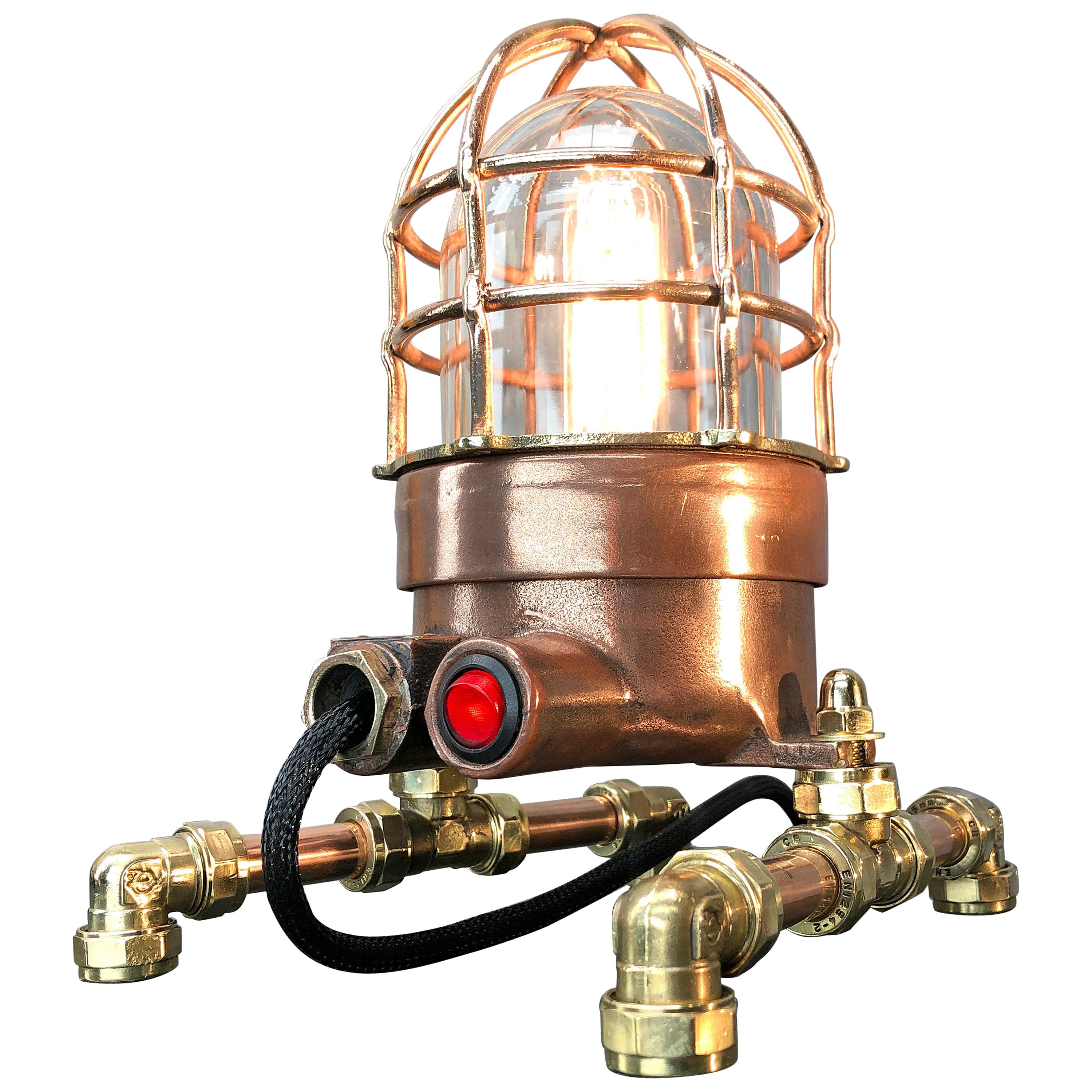

įodil, D., Mohamed, M.: Compressive strength and corrosion evaluation of concretes containing pozzolana and perlite immersed in aggressive environments. Perlite Institute, Sustainability fact sheet (2010). Geological Survey, Mineral Commodity Summaries 2021, USGS, Virginia (2021) Palomar, I., Barluenga, G.: A multiscale model for pervious lime-cement mortar with perlite and cellulose fibers. Wang, L., et al.: Strength properties and thermal conductivity of concrete with the addition of expanded perlite filled with aerogel. Turkmen, I., Kantarcı, A.: Effects of expanded perlite aggregate and different curing conditions on the physical and mechanical properties of self-compacting concrete. Maxim, L.D., Niebo, R., McConnell, E.E.: Perlite toxicology and epidemiology - a review. Papa, E., et al.: Characterization of alkali bonded expanded perlite. Pachta, V., Papadopoulos, F., Stefanidou, M.: Development and testing of grouts based on perlite by-products and lime. Rashad, A.M.: A synopsis about perlite as building material - a best practice guide for civil engineer. It maybe therefore concluded that the exploitation of waste perlite in the construction sector is feasible, leading to the development of effective, low-cost and environmentally friendly products for specific applications. From the correlation of the results, it was asserted that the partial or even total substitution of natural pozzolan by perlite by-products, enhanced the mortars’ physical and mechanical properties. The physico-mechanical properties of the specimens were tested at the age of 28 and 90 days. The Binder/Aggregate ratio in all mixtures was maintained at 1/2, whereas aggregates were natural of siliceous origin and gradation 0–4 mm. To this direction, 9 mortar mixtures where manufactured and tested where natural pozzolan was gradually replaced by the perlite by-products. These materials have been used as binders. In this study, an effort has been made to experimentally study the influence of two by-products (D1S, D1C), in lime-based mortars. During its industrial process, an increasing number of by-products results that mainly remains unexploited as the fineness of these materials renders them difficult to store. The outcoming product (expanded perlite) is often used in construction, due to its light weight and insulating properties. Perlite is a volcanic rock containing high amount of amorphous material as well as alumino-silicate minerals.


 0 kommentar(er)
0 kommentar(er)
